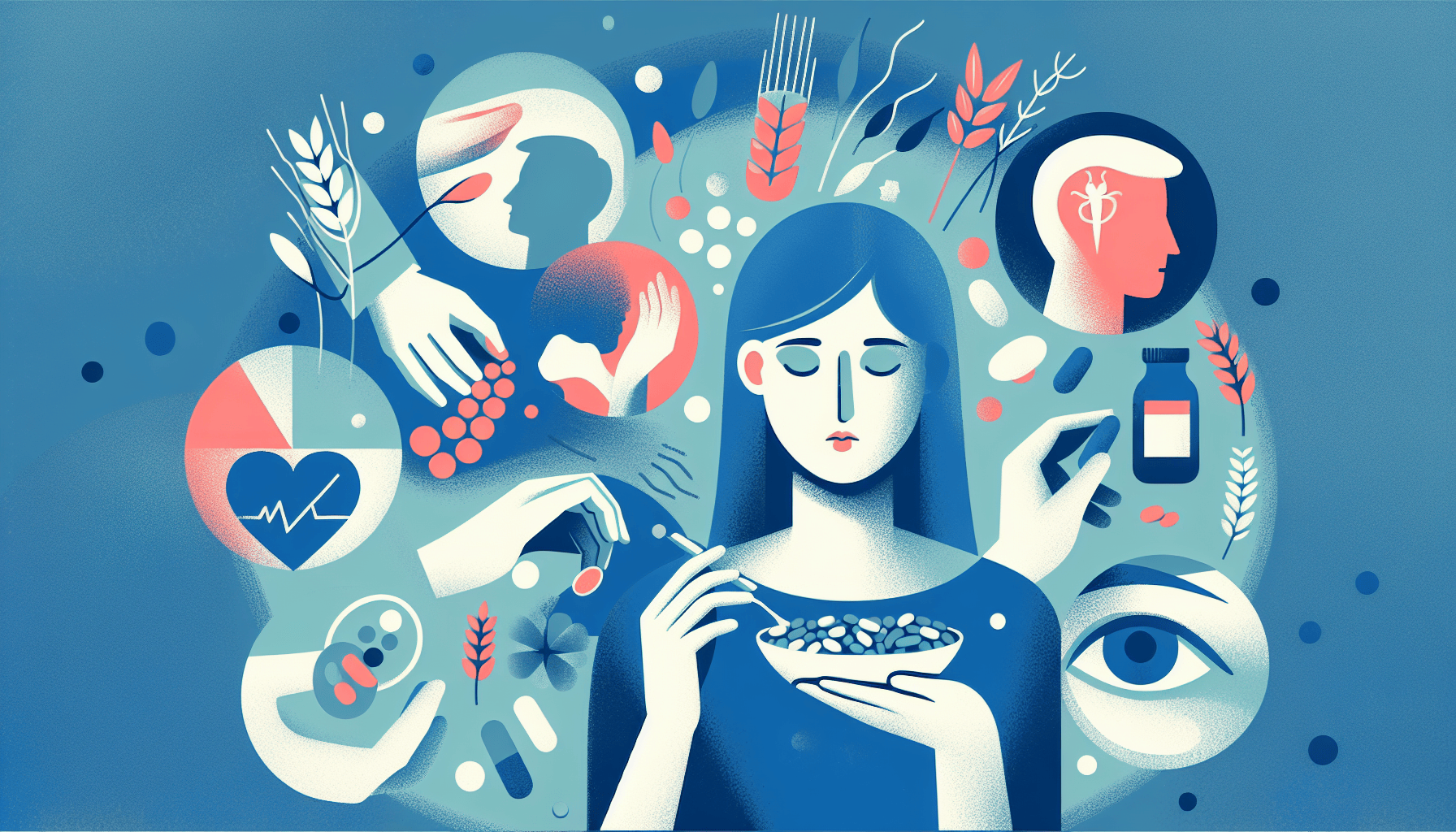Can I Take Zepbound a Day Early?
Key TakeawaysZepbound is a once-weekly injectable medication for weight management and obstructive sleep apnea (OSA) linked to obesity.Taking Zepbound a day early is [...]
Read More
Medically reviewed by Abhijit Bhattacharyya | MD, PhD, MBA, Tufts University School of Medicine - Miami, Florida on August 28th, 2023.
Many people experience unpleasant reactions after eating certain foods and may think they have a food allergy. However, they may actually have a food intolerance. It's important to understand the difference between food allergies and intolerances to properly manage your condition.
A food allergy is caused by your immune system reacting to a specific food protein. When you eat the food, your body produces antibodies called immunoglobulin E (IgE), which trigger the release of chemicals like histamine. This can cause various symptoms throughout your body.
The most common food allergies in adults include:
Peanuts
Tree nuts (e.g., walnuts)
Shellfish (e.g., shrimp, crayfish, lobster, crab)
In children, the most common food allergies are:
Eggs
Milk
Peanuts
Symptoms of food allergies can range from mild to severe and may include:
Itching in the mouth
Vomiting, diarrhea, or abdominal pain
Drop in blood pressure
Hives or eczema
Wheezing or difficulty breathing
Severe allergic reactions (anaphylaxis) can be life-threatening and require immediate medical attention.

A food intolerance is not caused by the immune system but is usually a problem with digesting the food. For example, lactose intolerance is caused by a lack of the enzyme lactase, which is needed to digest the sugar in milk and dairy products.
To diagnose a food allergy or intolerance, your doctor may:
Ask detailed questions about your reactions and eating habits
Recommend keeping a food diary to identify patterns
Suggest an elimination diet to pinpoint the problematic food
Perform skin prick tests or blood tests to measure your allergic response
Conduct a food challenge under medical supervision
The main treatment for food allergies and intolerances is to avoid the offending food. This requires careful reading of ingredient labels and communication with restaurant staff about food preparation.
For severe allergies, you should carry an epinephrine auto-injector (e.g., EpiPen) and wear a medical alert bracelet. Mild symptoms can be treated with antihistamines or bronchodilators.
Researchers are studying allergy pills and shots as a way to desensitize people to food allergens, but these treatments are not yet proven effective.
Milk and soy allergies are common in infants and young children. These allergies may cause colic, blood in stool, or poor growth. Breastfeeding for the first 4-6 months may help prevent allergies, but there is no conclusive evidence.
Parents and caregivers should protect children from trigger foods and have emergency plans in place. Schools should also have protocols for managing food allergies.
For more information on food allergies and intolerances, visit:
Key TakeawaysZepbound is a once-weekly injectable medication for weight management and obstructive sleep apnea (OSA) linked to obesity.Taking Zepbound a day early is [...]
Read MoreKey TakeawaysZepbound is an FDA-approved medication for chronic weight management in adults with obesity or overweight, and for moderate to severe obstructive sleep apnea [...]
Read MoreKey TakeawaysZepbound is a once-weekly injectable medication that supports weight loss by activating hormone pathways regulating appetite and digestion.After the first dose, [...]
Read More